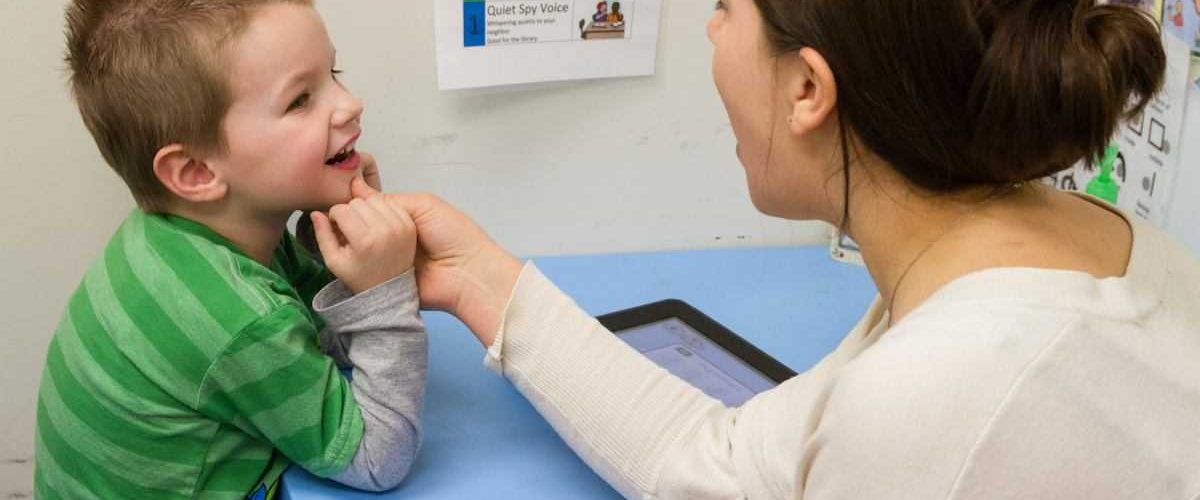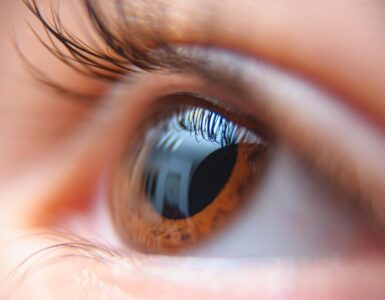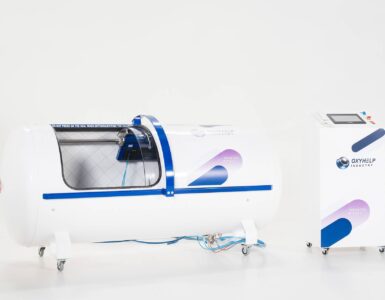Most people, including parents of autistic children, think that if their child does not communicate verbally by the age of 4, they are not likely to speak in the near future. MAPS pediatricians along with several other medical specialists have countered this thought, stating that children can overcome non-verbal autism even in their teens.
A 2013 study conducted by the researchers of American Academy of Pediatrics (AAP) published promising results stating that autistic children can develop speech ever after the age of 4. In the light of this study, medical specialists and MAPS pediatricians have adopted new treatment techniques to help children with non-verbal autism develop speech.
Does your child fear from holes? He/She might be suffering from Trypophobia. You could know more about: What is Trypophobia and what are its symptoms.
Activities MAPS Pediatricians Adopt for Language Development in Non-Verbal Autistic Children
– Adopting Facilitated Communication
The pediatrician with the help of the parents tries to find out things or activities that motivate the autistic child. Such motivation can come from a toy, food, a movie, or someone they love. MAPS pediatricians utilize this motivation to encourage non-verbal autistic kids to learn verbal communication.
– Encouraging Social Interaction
A child’s environment and daily activities are the best teachers he/she has in their growing up years. Many children learn verbal communication through games. MAPS pediatricians use interactive plays to present non-verbal autistic children with the opportunity to talk and be social with others. Parents can also continue this therapy at home by playing games that their child enjoys, encouraging social communication.
– Using Simple Form of Language
MAPS pediatricians use simple language to help a child diagnosed with non-verbal autism understand verbal communication more clearly. Apart from that using simple form of language also helps them to mimic the speech they hear. Generally, the physicians start the therapy by using only single words. For example, they point to a toy and say “toy” or “play.” Once the child starts speaking single words, they move on to two words or some small phrases.
– Imitating the Child
Research suggests that mimicking a non-verbal autistic child’s behavior encourages them to be more interactive and vocal, helping them to learn communicative skills. MAPS pediatricians employ the same strategy to make them imitate communication and positive behavior. These activities can also be continued at home by the parents to achieve maximum positive results.
– Employing Non-Verbal Communication
Non-verbal communication serves as the building block of language development and can be utilized to develop speech in children with non-verbal autism. A MAPS pediatrician can respond and mimic an autistic child’s behavior, using both voice and body language, to encourage verbal communication. The gestures are kept easy and are exaggerated to make it simple for the child to understand. For instance, while saying yes, the pediatrician can nod his/her head vigorously at the same time.
– Believing in their Capabilities
Believing in a person’s capabilities is a huge boost to their confidence. MAPS pediatricians also apply the same logic for non-verbal autistic kids and encourage them to do things on their own to uplift their confidence. Children, in general, can understand when someone talks to them differently. Therefore if the parents and the physicians show confidence in an autistic child’s capabilities, it will help them achieve their goal faster.
– Considering an Autistic Child’s Interest
Children with non-verbal autism fail to focus on one activity or object for a long stretch of time. So, during therapy when MAPS pediatricians find an activity that the child has taken interest to, they allow them to continue with it while pairing the activity with verbal communication to develop speech. For example, if the autistic child is holding a toy, the pediatrician says “toy”, or if they are putting it down, they say “down.” Associating physical activity of non-verbal autistic kids with their behavior helps in the development of verbal communication.
– Giving them Time
The brain of an autistic child does not work at the same frequency or speed as other people. Often parents of autistic kids tend to complete their child’s actions or sentences when they fail to finish it within adequate time. However, parents to should refrain from doing that. MAPS pediatricians state that one has to be patient while treating non-verbal autistic children, as they need time to gather their thoughts and communicate them to others.
– Utilizing Visual Support and Technological Aid
The influence and power of technology in the modern age cannot be denied and can be used for the treatment of children with non-verbal autism. MAPS pediatricians often use picture exchanges and visual support to develop verbal communication in autistic children. These modern-day technologies assist children in conveying their thoughts and requests clearly, helping them to develop speech.
– Explaining Activities
Labeling a specific behavior or activity of an autistic child with communication disorder helps him/her understand the feeling they are trying to express. For example, if they point towards a toy, pediatricians say, “you want to play.” This articulation of the feeling will help them understand what it is told in verbal language helping them to develop speech. While pediatricians can carry out such exercises, this kind of facilitated communication must be incorporated into the daily life by the parents as well.
Final Conclusion
While the above-mentioned set of strategies are generally used to treat autistic children with speech disorders, the need for each and every child varies depending on the severity of their health condition. A MAPS pediatrician after careful evaluation chooses an appropriate therapeutic strategy for the child. However, parents will have to continue these therapies at home to continue proper treatment of their child.
Please, let us know your thoughts on the article in the comments section. Stay tuned with Velillum for more awesome and freshly brewed content.





























5 comments